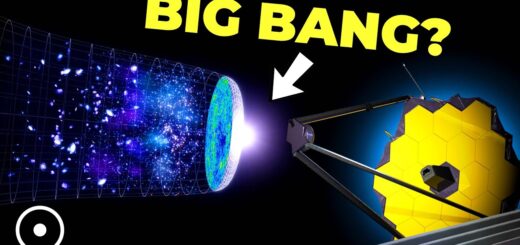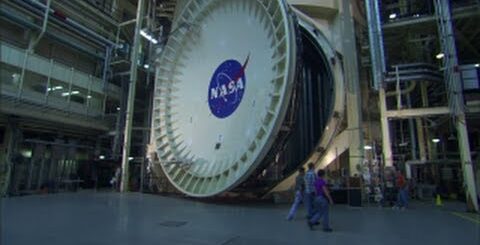What the James Webb Telescope Can Tell Us About the Universe | WSJ
we’re looking at the universe’s oldest and most distant Galaxies in more detail than ever before. Everywhere we look, there’s Galaxies everywhere. Nasa on Tuesday released the first set of full color images captured with the $10 billion James Webb space telescope. More than six months after it was launched into orbit College lift off from a tropical rainforest to the edge of time itself, James Webb begins a voyage back to the birth of the universe. These first images that Nasa has given us really are meant to demonstrate webs incredible capabilities in terms of scientific observations. But how did web capture these first of their kind images? And what could they tell us about the universe and life beyond our planet Named after a former NASA administrator. The James Webb Space Telescope is 100 times more powerful than its predecessor. The Hubble Space Telescope, which has been orbiting earth and taking pictures of distant stars for over 30 years. Much of Webb’s power comes from its massive primary mirror, Which is more than 21 ft wide, giving it more than six times the light collecting area. That Hubble has a telescope sensitivity basically how much detail it can see depends on the size of the mirror area because the more light telescopes American collect the more able it is to see objects in finer detail that are farther away. Web is situated about one million miles away from Earth where it can get a clear view of these details. It also has a sun shield that protects it from external sources of light and heat like the sun, earth and moon, because Web is operating much farther from Earth than Hubble is. Web ultimately does have higher observing efficiency. Webb also sees the universe differently. Many telescopes are designed to primarily capture visible light, which represents only a sliver of the spectrum of light emitted by stars and other celestial objects. In contrast, Web captures a range of infrared light that is invisible to the human eye but makes up much of the light that comes our way from the universe. We’re looking at some of the sort of faintest stars, earliest stars and earliest Galaxies in unprecedented detail and will also help us probe these planets outside of our solar system known as exoplanets. Scientists can study these exoplanets by measuring the intensity of light at different wavelengths and turning it into a graphical representation like this. Exoplanet spectrum released Tuesday. That’s really what enables us hopefully to sort of peek into the atmospheres of these exoplanets and ultimately maybe find one with a similar atmosphere to ours. Scientists are specifically interested in the presence of water or methane because those could indicate there was or is life on those exoplanets? One of WebB’s main scientific objectives really used to help us look for signs of life on other planets outside our solar system. Images like this. Deep field observation captured by Web will also help scientists study the development of celestial objects in the universe over time. They help us resolve the details of fainter objects like stars and Galaxies that were born much closer to the Big Bang than some of the other ones that perhaps Hubble can see. In the 32 years since it was launched, Hubble has taken more than 1.5 million photos and helped extend our understanding of the universe. While the web mission is expected to continue for 20 years, scientists are hopeful it will provide new insights about the formation of stars, Galaxies, planets and perhaps the presence of life. Nasa has many telescopes, but I think James WebB, for various reasons, has really captured the public’s attention and imagination and I feel like people are really rooting for this telescope and what it can tell us.













